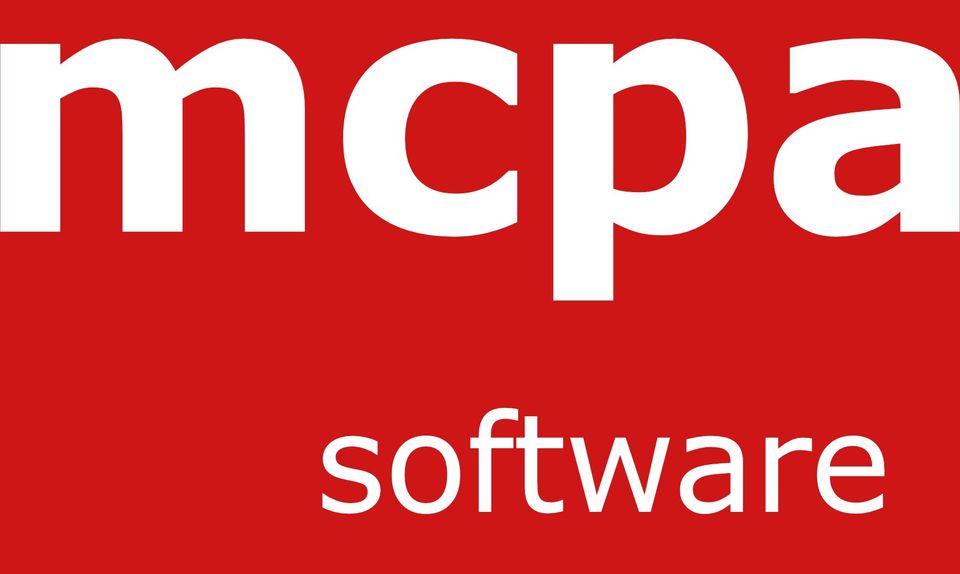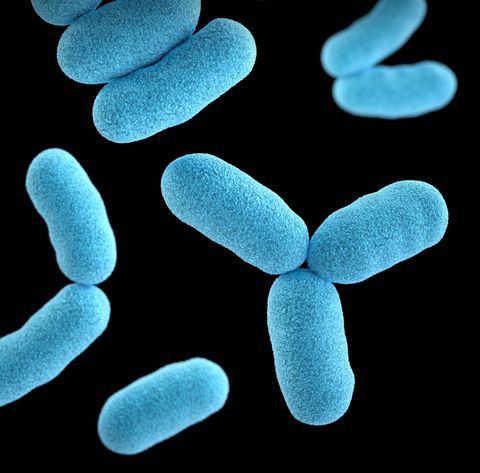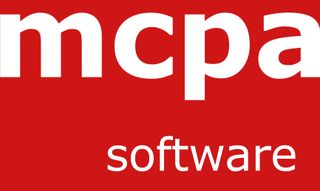MICROBIAL COMMUNITIES
MICROBIAL COMMUNITIES
FACSIMILE has been used to model the interactive biological pathways and gas generation arising from the decomposition of solid waste as determined by an ecosystem of eight microbial populations. The microbiology of the system gives rise to time varying biological conditions and this is readily coupled to operating conditions to enable FACSIMILE to be used as an exploratory tool to investigate various “what if” scenarios.
MICROBIAL KINETICS OF AN ECO-SYSTEM
The biodegradation of solid waste such as Municipal Solid Waste (MSW) involves a sequence of strongly linked mechanisms. The waste is initially degraded by aerobic organisms (Type 1, on the figure adjacent) until exhaustion of available oxygen. At this point, other pathways begin to take over and the microbial community evolves from an aerobic phase to a fully anaerobic population.
The growth and death evolution of the various organism types are determined by numerous factors. such as substrate availability, product feedback inhibition, chemical toxicity, pH, nitrogen limitation, temperature and moisture content.
The microbial kinetics of the system, including mechanisms such as feedback, inhibition and substrata hydrolysis, are modelled by a mixed set of algebraic and ordinary differential equations which are easily coded into a FACSIMILE input file without the need to use a structured programming language, e.g. FORTRAN. The input file provides FACSIMILE with sufficient conditions to simulate, to a user-defined accuracy, how the solution to the initial conditions varies through time.
The model has been used by UES Software for a number of clients to investigate interactions with other physical/chemical systems. For instance, the model has been coupled to the anaerobic corrosion of steel to determine how the hydrogen generated from this route impinges on the biological system. Other recent applications are the simulation of the start up of high solids content anaerobic digesters and illustrating how the biogas generation from a landfill might be affected by the thermal and chemical shock of incoming ground water with high concentrations of nitrate and sulphate.
The high-level FACSIMILE language greatly facilitates the initial writing and later adaptation of the model to new problems of interest. FACSIMILE simplifies the mathematics whilst remaining robust and reliable. It relieves the modeller of the difficulty of determining the best numerical method and leaves them free to concentrate on the results.




